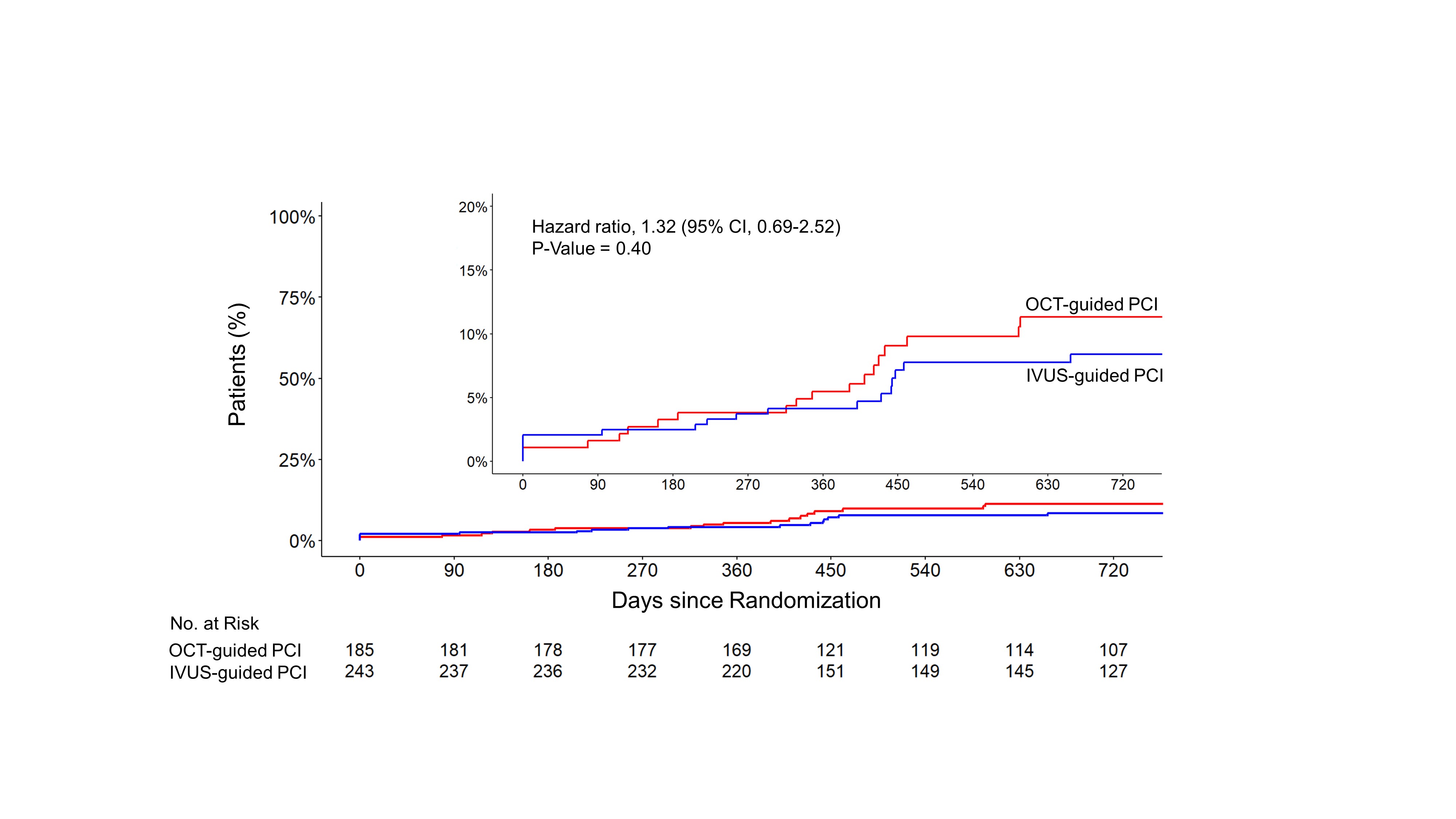Lots of interesting abstracts and cases were submitted for TCTAP 2024. Below are the accepted ones after a thorough review by our official reviewers. Don’t miss the opportunity to expand your knowledge and interact with authors as well as virtual participants by sharing your opinion in the comment section!
TCTAP A-062
Optical Coherence Tomography-Guided or Intravascular Ultrasound-Guided PCI for True Bifurcation Lesions in the OCTIVUS Trial
By Seongbong Wee, Do-Yoon Kang, Duk-Woo Park, Seung-Jung Park
Presenter
Seongbong Wee
Authors
Seongbong Wee1, Do-Yoon Kang1, Duk-Woo Park1, Seung-Jung Park1
Affiliation
Asan Medical Center, Korea (Republic of)1
View Study Report
TCTAP A-062
Bifurcation
Optical Coherence Tomography-Guided or Intravascular Ultrasound-Guided PCI for True Bifurcation Lesions in the OCTIVUS Trial
Seongbong Wee1, Do-Yoon Kang1, Duk-Woo Park1, Seung-Jung Park1
Asan Medical Center, Korea (Republic of)1
Background
This study compared the effectiveness and safety of optical coherence tomography (OCT)-guided vs. intravascular ultrasound (IVUS)-guided percutaneous coronary intervention (PCI) for true bifurcation coronary-artery lesions.
Methods
This was a pre-specified, main subgroup analysis of true bifurcation coronary-artery lesions in the OCTIVUS trial. The primary end-point was a composite of death from cardiac causes, target-vessel-related myocardial infarction, or ischemia-driven target-vessel revascularization. Crude and adjusted analyses using inverse-probability-of-treatment weighting (IPTW) and overlap propensity-score weighting were performed.
Results
In 2008 randomized patients, 428 (21.3%) underwent imaging-guided PCI for true bifurcation coronary-artery lesions; 185 (43.2%) received OCT-guided PCI and 243 (56.8%) received IVUS-guided PCI. At a median follow-up of 2.0 years (available for at least 1 year and up to 4.8 years), primary end-point event had occurred in 20 (10.8%) patients in the OCT-guided group and in 18 (7.4%) patients in the IVUS-guided group (hazard ratio [HR] 1.32; 95% confidence interval [CI] 0.69–2.52; P=0.40). The incidence of contrast-induced nephropathy was similar between the OCT-guided and the IVUS-guided groups (1.1% vs. 2.1%, respectively; P=1.00).
Conclusion
Among patients with true bifurcation coronary-artery lesions, OCT-guided PCI showed a similar risk of primary-composite event of death from cardiac causes, target-vessel–related myocardial infarction, or target-vessel revascularization as compared with IVUS-guided PCI.



